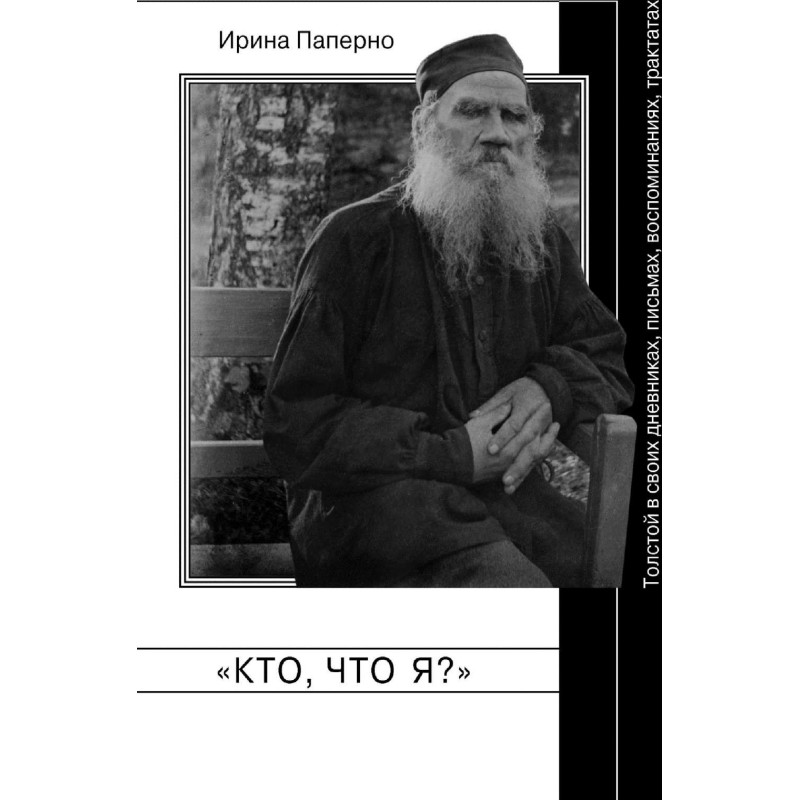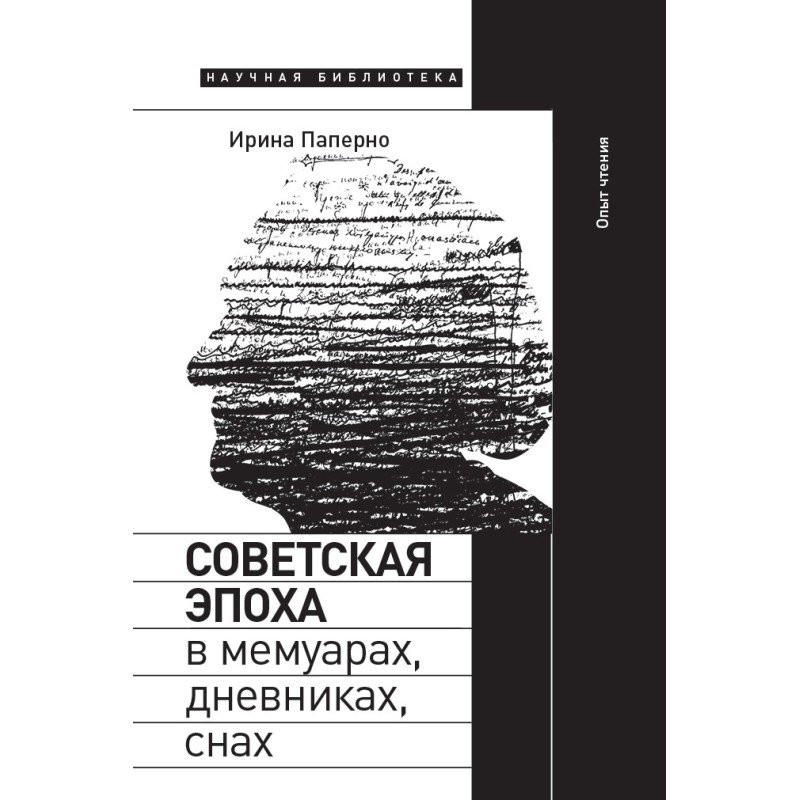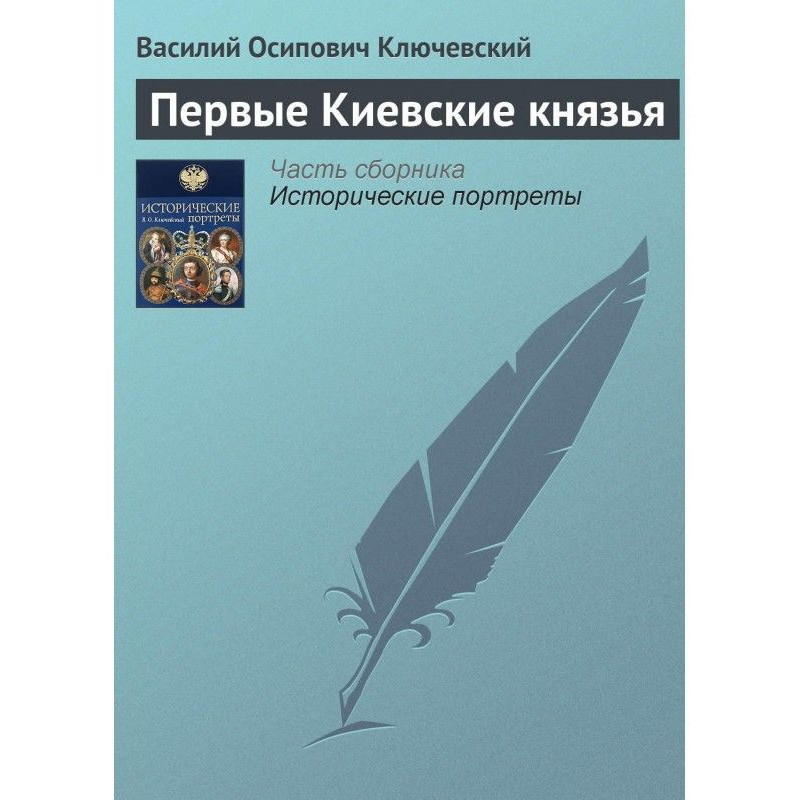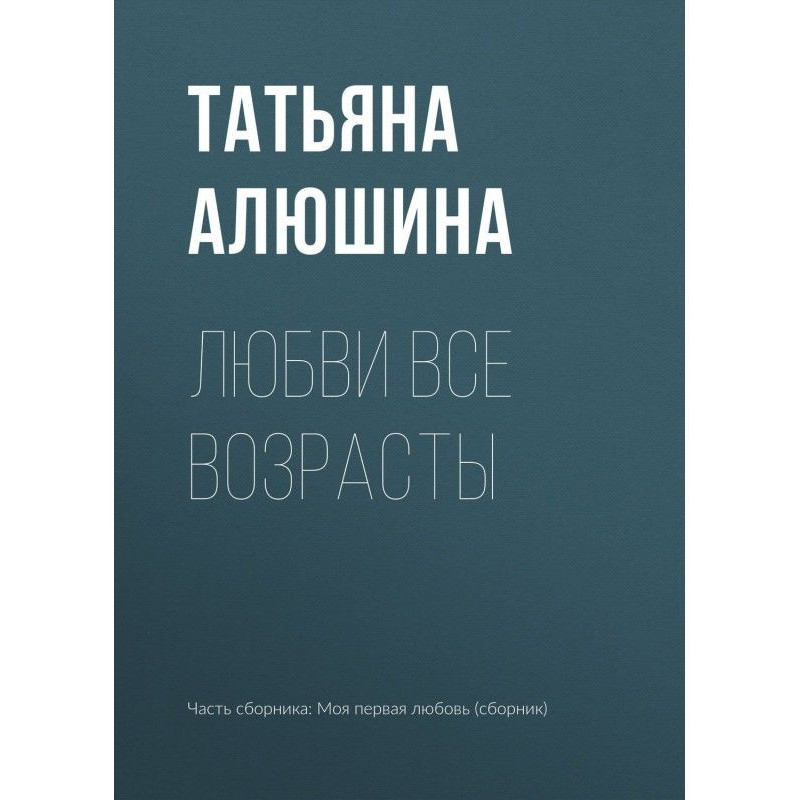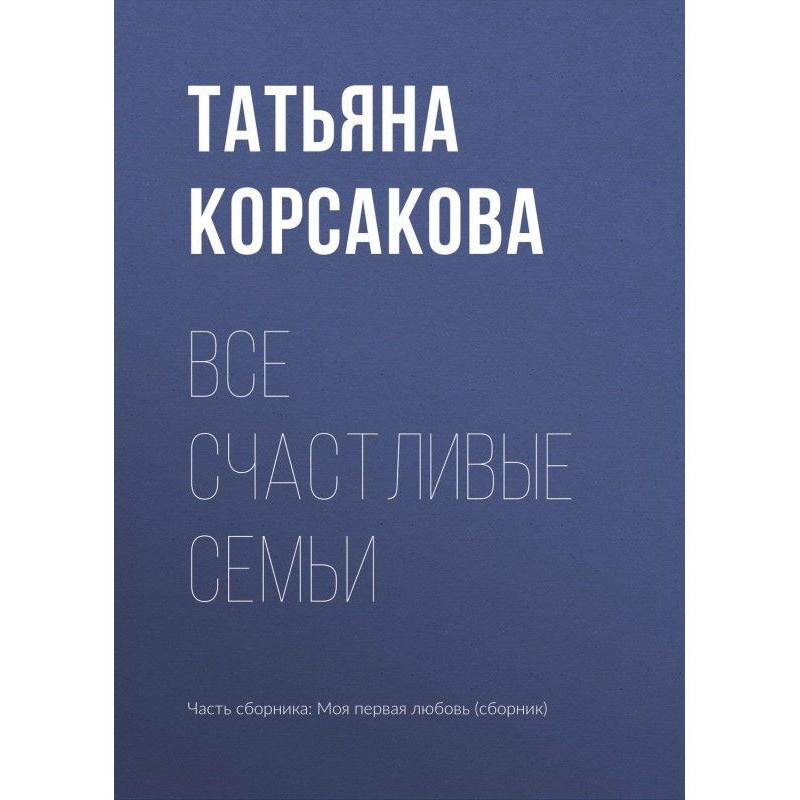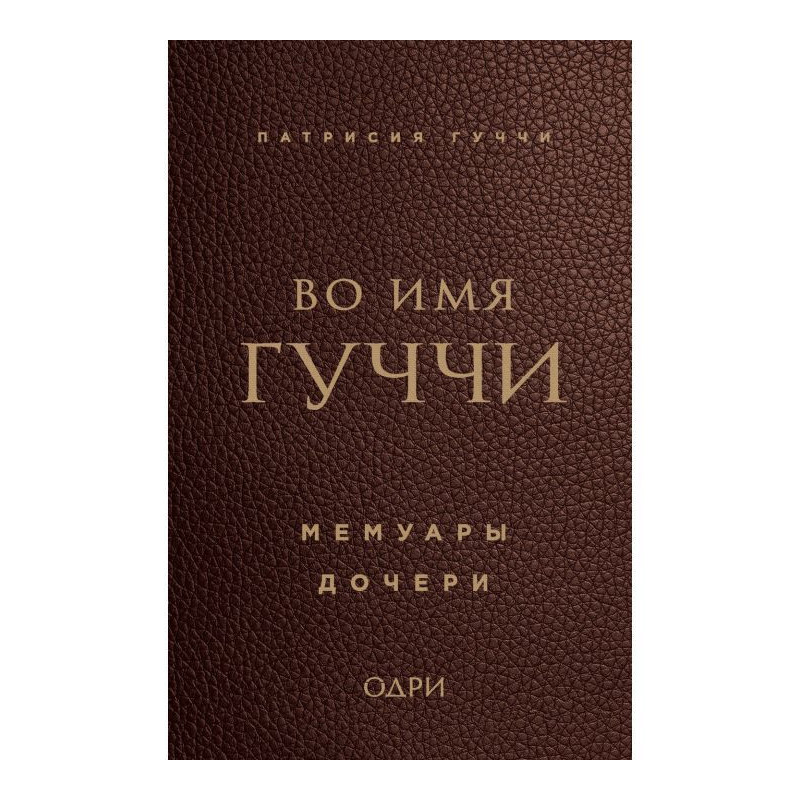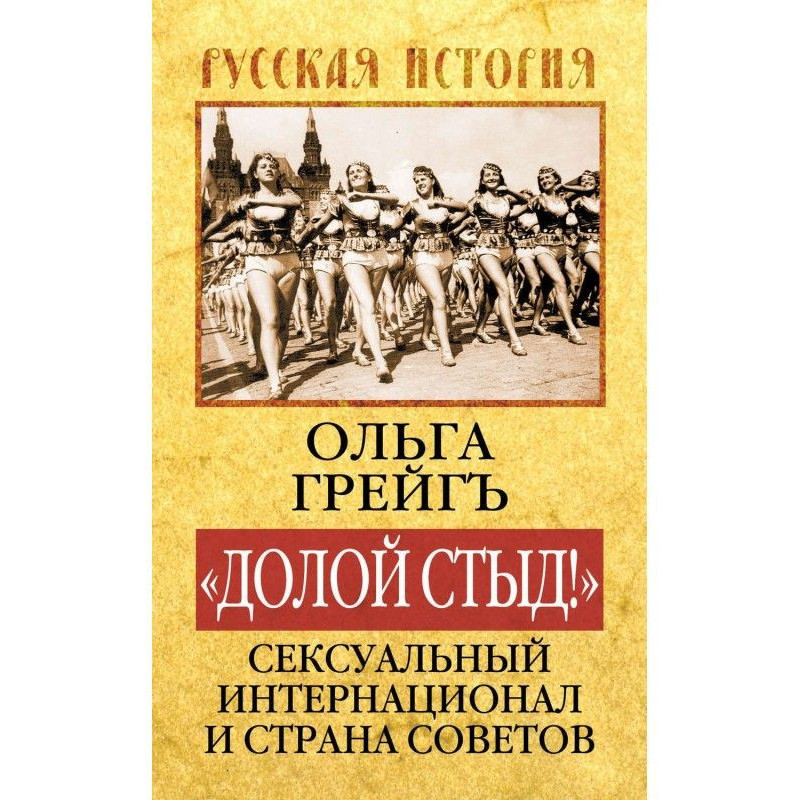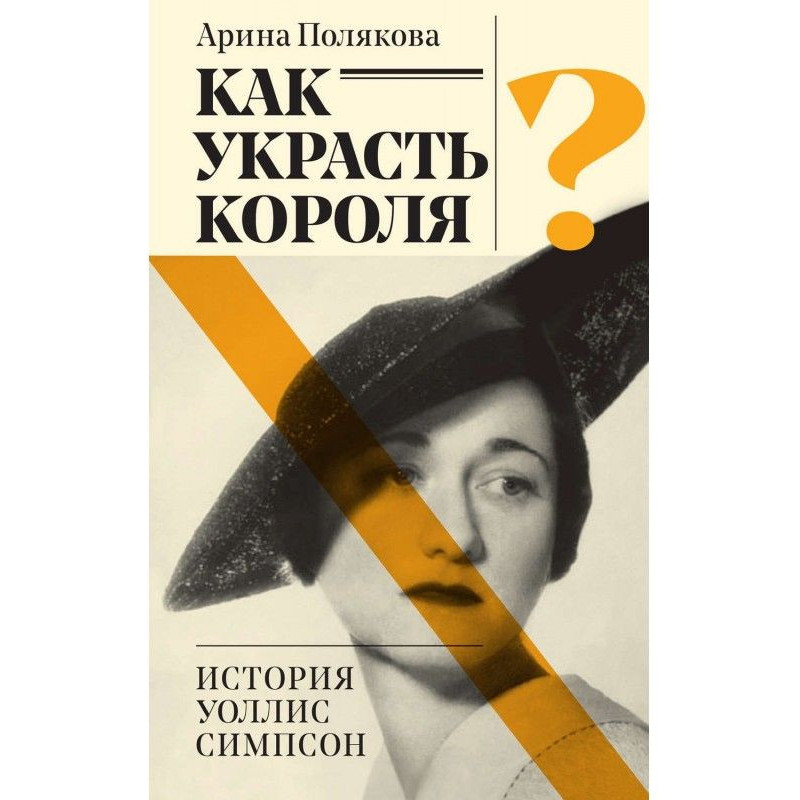The Soviet era in memoirs, diaries, dreams. Reading experience
 Instant download
Instant download
after payment (24/7)
 Wide range of formats
Wide range of formats
(for all gadgets)
 Full book
Full book
(including for Apple and Android)
Over the past decades, starting with perestroika, hundreds of memoirs, diaries, notes and other autobiographical documents have been published in Russia, testifying to the Soviet era and summing it up. For all their diversity, they tell of lives lived under the influence of historical catastrophes, such as Stalin's terror and war. After the fall of Soviet power, the publication of these writings formed a community of people who gained access to each other's intimate lives and thoughts. In her book, Irina Paperno explores this gigantic array of documents, identifying common themes, trends and forms in them. Among the many publications, the author separately considers two, choosing them for their emotional strength, scale of thinking and literary gift: the famous “Notes about Anna Akhmatova” by Lidia Korneevna Chukovskaya and the notebooks of Evgenia Grigorievna Kiseleva, a semi-literate elderly peasant woman who decided to provide material for a film script about her life. Revealing amazing parallels and contrasts between these works, the author shows how Soviet history and the Soviet state shaped the destinies of people so different in many respects. One of the important plots of the book was the interpretation of dreams, which also involved the invasion of the state and history - mostly nightmares. Peasants, party leaders, famous writers, and, finally, Joseph Stalin himself saw similar dreams. Irina Paperno is a literary critic, historian of ideas, professor in the Department of Slavic Studies at the University of California at Berkeley.
Data sheet
- Name of the Author
- Ирина Паперно Ароновна
- Language
- Ukrainian
- Release date
- 2021
Reviews
Глибоке дослідження радянської епохи
Книга "Радянська епоха у мемуарах, щоденниках, снах" Ірини Паперно є надзвичайно важливим внеском у розуміння складної та суперечливої історії Радянського Союзу. Авторка майстерно аналізує величезну кількість документів, які свідчать про життя людей під час радянських катастроф, таких як сталінський терор та війна. Її здатність виявляти спільні теми та тенденції в особистих спогадах робить цю книгу не лише науковим, але й емоційним дослідженням. Особливо вражають паралелі між "Записками про Анну Ахматову" Лідії Корніївни Чуковської та зошитом Євгенії Григорівни Кисельової, які демонструють, як радянська держава формувала долі людей різного соціального статусу. Тлумачення снів, які також займають важливе місце в книзі, надає додатковий вимір до розуміння психоемоційного стану людей того часу. Незважаючи на деякі недоліки в перекладі, які можуть відволікати, загальний зміст та глибина дослідження роблять цю книгу обов'язковою для читання всім, хто цікавиться історією, культурою та літературою радянської епохи. Рекомендую всім, хто хоче заглибитися в цю складну, але важливу частину нашої історії.


